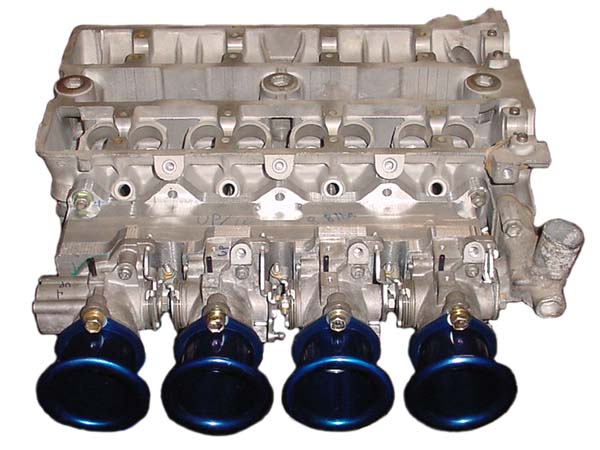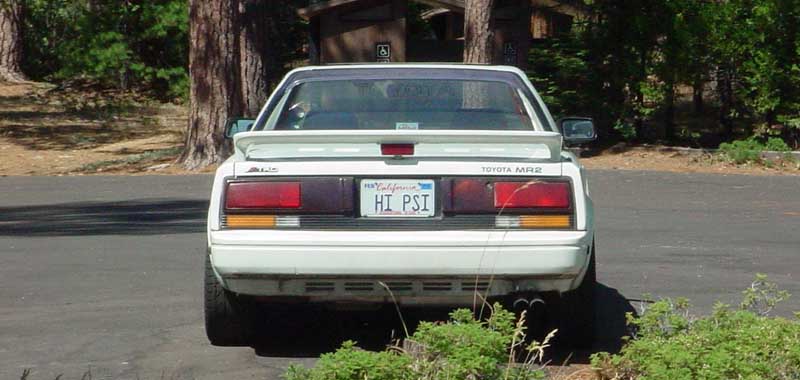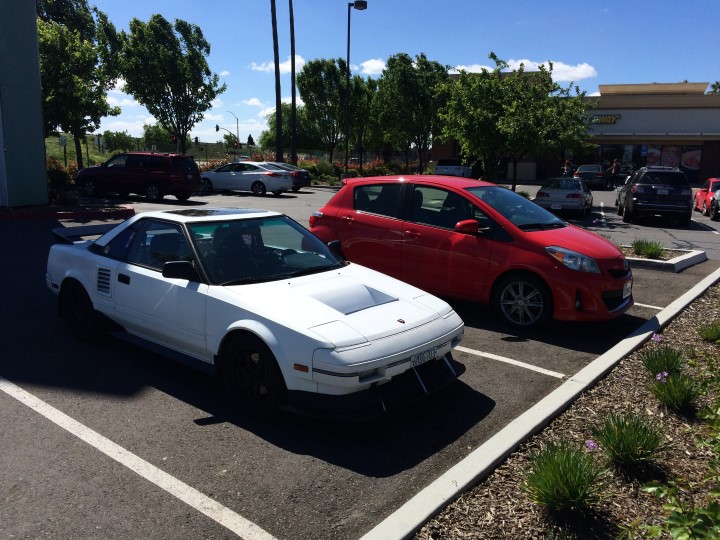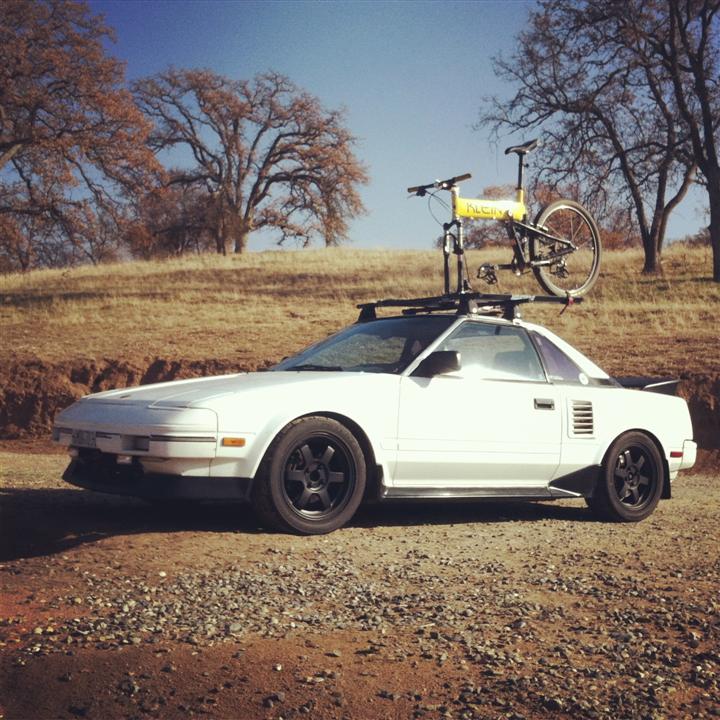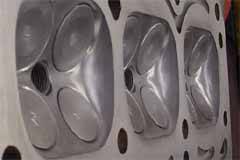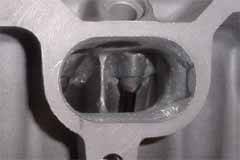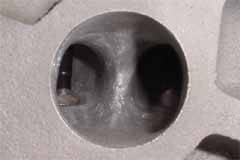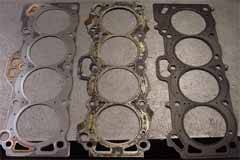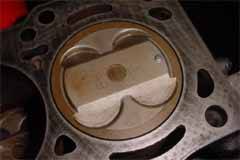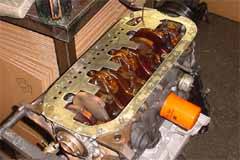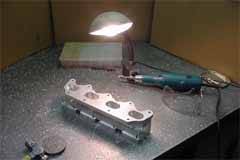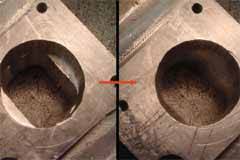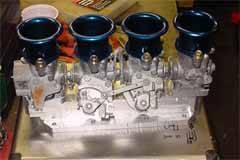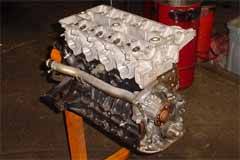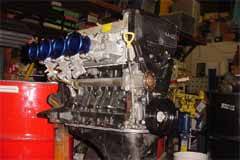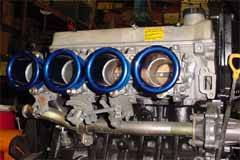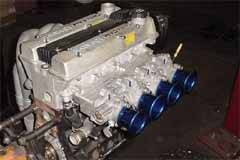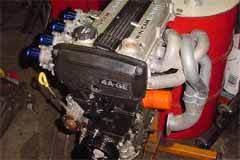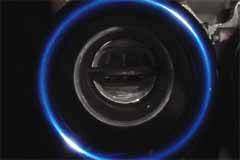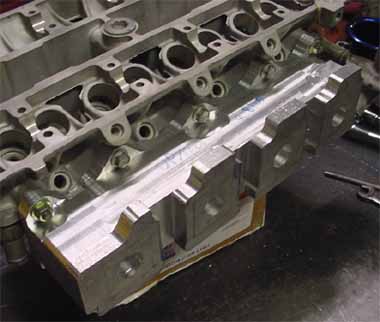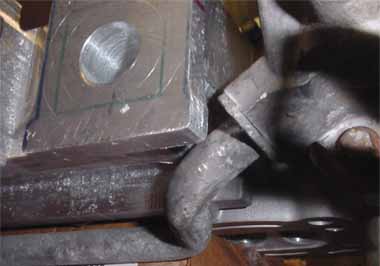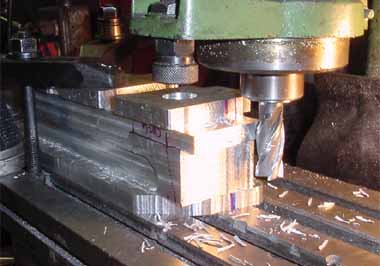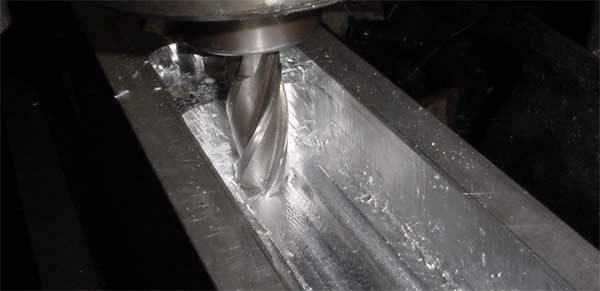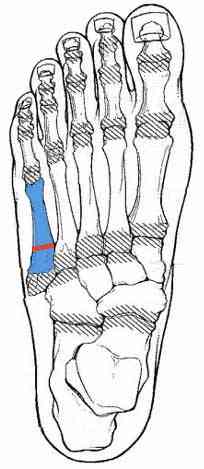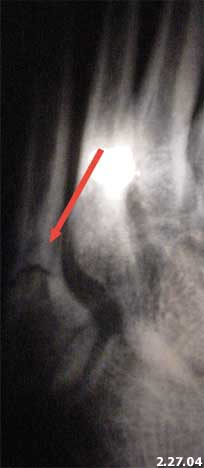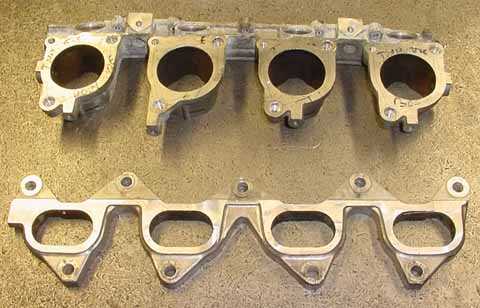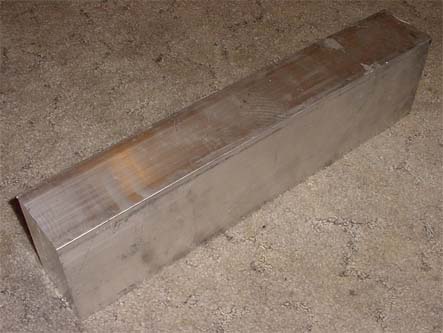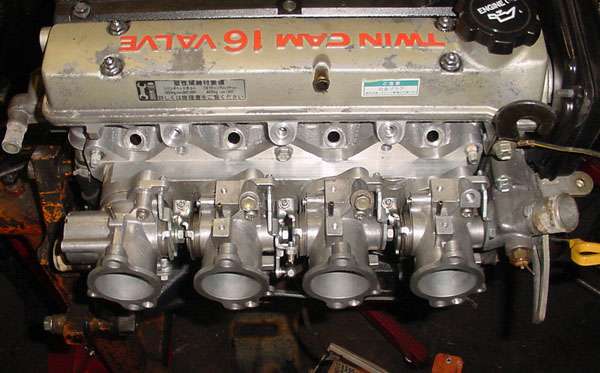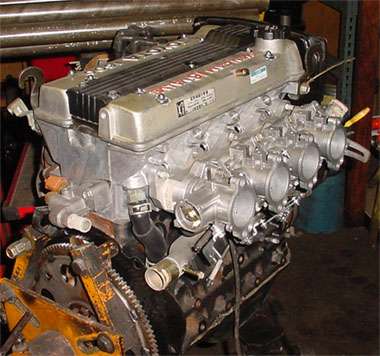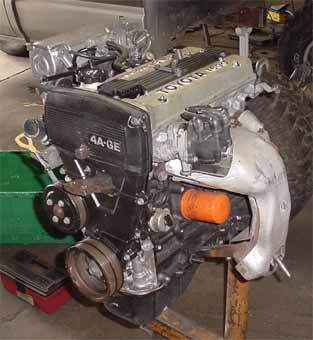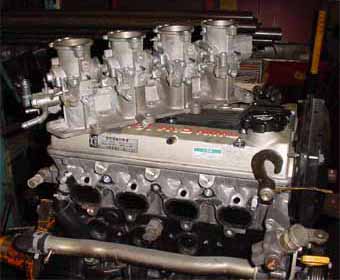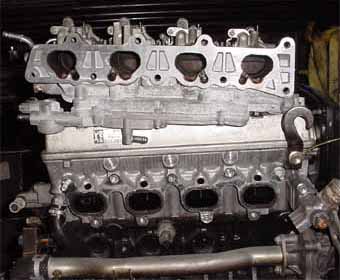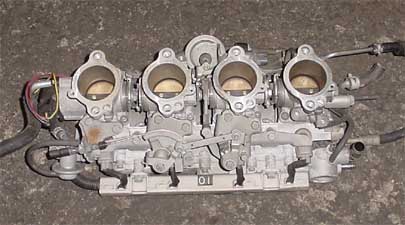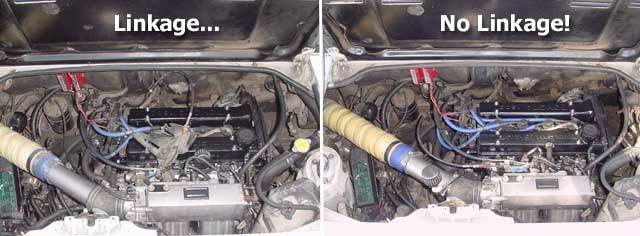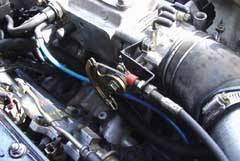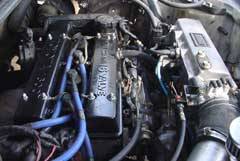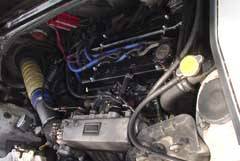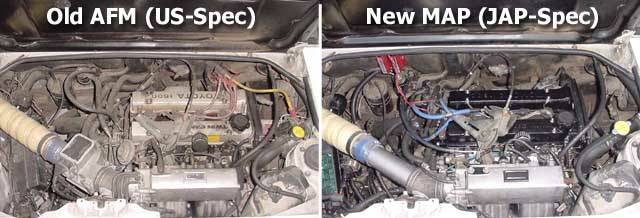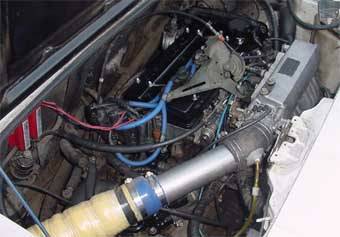You must be asking your self, so what is up with my Supercharged Engine?
Well it's a
long long story.....
After the death of my Stage 1 Engine, I waited one
year and then rebuilt it birthing the Powerful Stage 2.0 Engine.
This Engine received a lot of
exposure and was quickly sought after from the MR2 community (http://board.mr2faq.com).
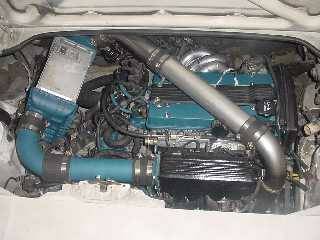
Rebirth, 270 HP (16.5 psi) 4A-GZE
I had extremely high hopes and expectations from this engine and it was
sure to be my marquee build at number 2.0. It's power output was never dynoed, but I firmly believe it to
be around 270 HP at the crank. The only real description and build/installation specs that I put up on the
internet were limited to a single thread at the MR2 community. It's a 5 page thread with questions & answers
to my first rebuild engine. I have mirrored a copy of it and can be found by clicking through the picture
above. Please have a look. So how's that Engine doing? Well here's where the story begins..
The engine ran beautifully for a total of approx. 6 months when I blew the TRD metal head gasket. After that
I redesigned the intercooler system after GREAT success with a single water injection setup. This redesigned
intake system would advance my engines potential and it is hence refered to as my new Stage 2.5 Engine.
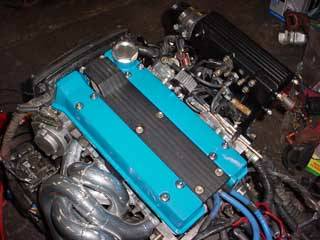
Stage 2.5: 280 HP @ 17.5PSI
This was the Engine that would end all Engines. I ran a custom two-step water
injection system and eliminated the bulky and restrictive intercooler. Boost output went up almost 2 PSI,
peaked sooner, and it pulled much harder. I estimate the power output to be somewhere around 280 HP although
it was most likely much higher. I had many plans to dyno tune and track test Stage 2.5, but what you are
about to read both devastated my engine and my spirit.
The failure of the headgasket can only be linked to me. I only retorqued it one time. But this should be
ok, right? Just a simple head gasket, no biggie... So I figure, why not up grade to ARP Head Bolts while
I'm at it....and here's where everything went wrong. It turns out that the ARP block studs are a bit taller
than the stock head bolts and I did not realize this. The #1 stud on the exhaust side that resides just
below the distributor gear was interfering with the dissy. I didn't even notice this and once I got it
installed and got the timing set, I just tightened the dissy down and drove home.
It lasted for about
2 weeks. A faint knocking noise got louder and louder. I was very confused and I even rechecked my valve
clearances a couple days before discovering the problem. The interference was so bad that the dissy gear
was forced sideways and the teeth on both the dissy and the exhaust cam were badly worn out. Metal from
that and from the dissy contacting the head stud circulated all throughout my engine and that was
| 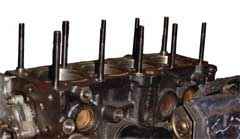 |
the end of her. I pulled HIPSI Stage 2.5 out in January of 2003 and
retired it. It currently resides on a block of wood in my shop - complete - waiting to breath fire
again. It still runs, idles, and revs, but everything was wasted from the metal and I will not risk futhure
damage so I have sidelined it.
I did have to smog my car in February so the timing
couldn't have been better. I've been driving my Smog Engine around ever since. It sure as hell ain't no
Supercharger, but it gets by. I had plans for Summer of 2003 to start on HIPSI Stage 3, but financial
issues have pushed my plans most likely all the way into Summer of 2004.. And in case your wondering, yes
I already know how I will build Stage 3 and my goal is very simple: 350 HP at the crank. Far fetched? Just
wait. I have been sitting quietly in the shadows for some time. I don't go around bragging about my engine
- because its not built yet. This is the only claim I will make until I can prove it with a dyno sheet.
Remember, Stage 2 and 2.5 both were knocking on 300 HP with stock cams and never dynoed tuned. Summer of 2004... Only time will tell, yes, only time. |
